HOME > Basketball
Data analysis: How big is the gap between Yang Hansen and the new generation NBA center Kessler?
7:49pm, 20 October 2025【Basketball】
The NBA preseason is over. Chinese player Yang Hansen has deeply experienced the true intensity of NBA competition in four games. Especially in the game against the Utah Jazz, he left the game with 6 fouls in 15 minutes of playing. In the matchup, he was taken turns by Markkanen, Kessler, and Nurkic. Among them, Kessler was in the NBA. Among the new generation of centers, he is also a man of the hour. Jazz general manager Ainge is asking for multiple first-round high-quality assets. If Kessler still stays in the West in the future, he will definitely become Young's rival. Of course, he is also a role model. Today's star test I will compare Yang Hansen and Kessler to see what the gap is between Young and him.

Twenty-three years ago, Yao Ming joined the NBA with the halo of being the top pick in the draft. The American media quickly hyped the "Yao Shark Battle" between Yao Ming and O'Neal. Yao Ming's character is modest and reserved, while O'Neal's character is unruly. The two players' In addition to being a competition on the court, the competition was also endowed with the significance of the collision of sports culture between China and the United States outside the court. Later, Yao Ming quickly became popular in the United States with his excellent skills and humorous personality, and also established a monument that is difficult to surpass for all Chinese players who have entered the NBA.

Now that the baton of China Mobile Great Wall has been passed to Xiao Yang, the confrontation between him and Kessler also has an internal flavor. Yang Hansen is one of the top students in Chinese campuses with both academic and moral excellence, while Kessler is like the villain school bully in American movies and TV series. This is another very interesting collision of Chinese and American sports cultures.
First, let’s take a look at the physical talent data of the two (rounded to three decimal places).
Kessler participated in the 2022 rookie joint trial, but only participated in the static physical test. The physical test data is: body fat rate 15.7% (ranked second highest in the current draft, classified as fat), barefoot height 2.14 meters, wingspan 2.24 meters, standing reach 2.87 meters, weight 98.4 kilograms at the time, has increased to 111.1 kilograms this season.

Xiao Yang's physical measurement data are: body fat rate test canceled, barefoot height 2.16 meters, wingspan 2.20 meters, standing reach 2.82 meters, weight 114.5 kilograms, the latest NBA official website weight has grown to 122.4 kilograms, ranking 8th among all players in the NBA, only lower than Nurkic, Jokic, Zion, Lopez, Klingen, Embiid, Drummond.

It can be seen from a simple comparison that the two are equally matched in terms of height and wingspan, but in terms of weight, Yang Hansen is currently 11 kilograms heavier than Kessler. It can be seen from the speed of weight gain that the Blazers still intend to train him to the traditional tonnage line. Xiao Yang's dynamic physical measurement data The change of direction agility test was 11 seconds and 79 seconds, the return run was 3 seconds and 01 seconds, the three-quarter sprint was 3 seconds and 38 seconds, the standing jump was 66 centimeters, and the maximum running jump was 76 centimeters. Since Kessler did not participate in the dynamic physical test, direct comparison is not possible. However, Kessler is light in weight, so he should be better than Yang Hansen in terms of moving speed and jumping.

Then we dive into the specific data.
First of all, in terms of defense, Kessler is currently fully capable of affecting the quality of a team's defense. Last season, opponents averaged 19.7 shots per game in front of him, ranking second in the league, only lower than Jokic's 20.5. If Jokic's defense is a weak link and is the focus of opponents, then Kessler is completely different. He is the core of the Jazz's defense. The team's overall defensive strategy is to drive the opponent towards his defensive position. Under his defense, the opponent averages 8.7 goals per game, limiting the opponent's shooting percentage to 43.9%, and reducing the opponent's shooting percentage by an average of 4.9 percentage points. This accuracy reduction rate ranks fourth among the top 50 players in the league in shot defense, only lower than Chet's 7.1, Vunbanyama's 6.6, and Klingen's 5.7.
Last season, he sent a total of 138 blocks, ranking 4th in the league, only lower than Bunyama's 176 times, Lopez's 148 times, and Turner's 144 times. The rim protection drop rate and block data can fully prove that Kessler is currently the first-tier rim protector in the league. This is the ultimate goal that Xiao Yang needs to catch up with.

In addition, the main defensive problems faced by NBA centers currently include the problem of switching defenses. Under the small ball craze in the past few years, traditional centers may be reduced to three-point shooting targets for smaller players after a pick-and-roll switch. The living environment is dark. In recent years, with the continuous improvement of Jokic and Embiid's offensive dominance, traditional centers have regained their living space.
Kesler's mobility is excellent among center players, and his defensive switching ability is also very good.
Last season, defensive backs played 163 minutes and 930 possessions, accounting for 25% of the total defensive time. The defensive backs' shooting percentage reached 45% under their defense.
The defensive forward players played 1,150 rounds in 213 minutes, accounting for 32% of the total defensive time. The forward players shot 38.8% under their defense.
The center players were defended for 281 minutes and 1,495 rounds, accounting for 43% of the total defensive time. The center players' shooting percentage under their defense reached 47.4%.
It can be seen that Kessler's defensive effect on defenders and forwards is completely better than that of center players. It is difficult for small players to make mistakes in front of him. However, Xiao Yang's defensive experience, defensive habits, and defensive efficiency are very average. It can also be seen through the preseason that he is too easy to fall into foul trouble.

Next, let’s look at the center’s most important skill - rebounding. In the NBA, a center may not score, but as long as he rebounds well, he will still have a contract (Drummond and Hayes nodded with a smile). Last season, Kesler averaged 12.2 rebounds per game, ranking first in the league. Ranked 5th in the league, including 6.3 contested rebounds and a contested rebound rate of 51.8%, ranking second among the top 50 players in the league. The fight inside is very fierce. The number one ranking is Xiao Yang's teammate Klingen. He averaged 4.2 contested rebounds out of 7.9 rebounds per game and a contested rebound rate of 53.9%..
In terms of more specific rebounding data, Kessler grabbed a total of 701 rebounds.
Among them, there were 437 defensive rebounds and 147 defensive rebounds. The defensive rebound rate was 33%.
Among them, there were 264 offensive rebounds and 219 offensive rebounds. The offensive rebound rate was as high as 83%.
I would like to introduce a concept here. The lower the rebounding rate in terms of defensive rebounds, the better. This shows that players are more dominant in rebound protection, which directly prevents opponents from competing for opportunities. The higher the offensive rebounding rate, the better. This represents the player's frontcourt vitality and the ability to disrupt the opponent's inside.
In the game against the Utah Jazz, Young showed poor defensive rebounds several times. The most impressive thing for me was when he was directly facing off against Kessler at 6 minutes in the first quarter. He was obviously stuck in position, and he also had the weight advantage. As a result, Kessler grabbed the rebound from behind. This goal fully exposed the gap between Young and Kessler in terms of rebounding.

It can be seen from the defensive data that the defensive abilities of Young and Kessler are several levels apart. In addition, the name of Young's teammate Klingen can be seen on the rim protection and rebounding lists. Klingen is almost a weakened version of Kessler. From this, everyone can also feel firsthand how fierce the competition environment for Young in the Trail Blazers is.
If there are any advantages between Xiao Yang and Kessler, one of them is his shooting ability.
First of all, in terms of three-pointers, Xiao Yang made 12 three-pointers in four summer league games in the NBA and hit 4 with a field goal percentage of 33.3%. In four preseason games, he made 4 of 10 three-pointers and hit 40%. He averaged nearly three three-pointers per game. He has proven that He has three-point shooting range. Of course, this shooting rate will have to undergo formal NBA game intensity tests in the future. Kessler made a total of 35 three-pointers in 58 games last season and hit 6 goals, with a shooting rate of only 17% and no mid-range shots.

In terms of free throws, Xiao Yang's free throw shooting rate in the CBA in the 24-25 season was 67%, and his free throw shooting rate in the summer league was 87.5%. In the preseason, he scored a total of 4 free throws. In terms of hits, Kessler's free throws are obviously not as good as Young's. Last season, he took a total of 152 free throw opportunities and hit 79 goals, with a hit rate of only 52%. The NBA's average free throw hit rate in three seasons was only 53%. One of two free throws is the norm.
Then there is the low-post scoring skill. Kessler has almost no ability to score independently except for eating cakes and aerial work. Xiao Yang has several amazing goals with the ball in the preseason. Offensive creativity is one of Young’s biggest selling points to attract the NBA. Of course, we still have to make a premise. How effective Xiao Yang’s offensive creativity can be under the defensive intensity of NBA official games needs to be continued to be observed.

Yang Hansen's NBA preseason was a failure. Failure in the NBA is not terrible. The biggest characteristic of great players is to find the gap in failure. They regard every fall behind as a new starting point, and then rely on hard training to make up for it. Qi's shortcomings continue to narrow the gap until they surpass it. The height of the competitor happens to be a clear direction to catch up. To face the gap is not to admit defeat, but to use it as a warning to motivate yourself at all times, and finally crush the gap into a ladder of progress. I hope Xiao Yang can make a strong response with improved performance next time.
Related Posts
- Wenban Yama s latest figure! Crazy transformation!
- A flash in the pan! The regret of the first generation of white horse spear!
- European Cup sad and happy night: Four teams qualify for three consecutive victories, and Doncic still finds a victory for 39+9
- Lakers news: James creates another miracle, Doncic polishes his weaknesses, American News suggests Sohawikins
- Very dissatisfied with the progress of the negotiations. The 76ers star in the backcourt may choose to sign a qualification offer?
- Analysis of Yang Hansen s second game performance in the summer league: Pros and cons are revealed
- Harden s 81.5 million details in two years: Keep the full middle class for the Clippers and no maximum salary after leaving the Rockets
- The top 50 players in the NBA s lowest winning rate are & No. 4 pick is shortlisted, the regicide is listed, and the number one declining god is only 20%
- Chalmos: James insists on physical therapy in nightclubs, so he has never been seriously injured
- Edwards continues to play in the G2 battle, the three best players in the 12 years of Oxford!
Hot Posts
- Wenban Yama s latest figure! Crazy transformation!
- A flash in the pan! The regret of the first generation of white horse spear!
- European Cup sad and happy night: Four teams qualify for three consecutive victories, and Doncic still finds a victory for 39+9
- Lakers news: James creates another miracle, Doncic polishes his weaknesses, American News suggests Sohawikins
Recommend

Why did Wenban Yama choose to go to Shaolin Temple? Revealing the non-traditional growth philosophy of alliance new stars
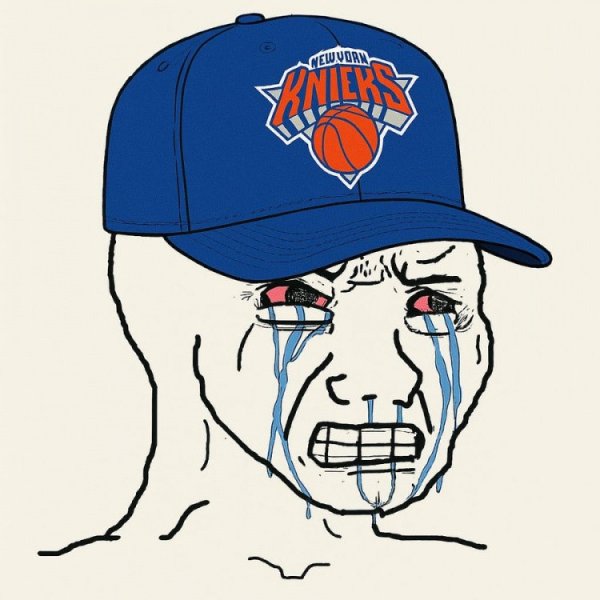
It hurts so much! Knicks fans dismantle their families and vent their anger "wife and child separation" and fantasize about Durant s Antetokounmpo
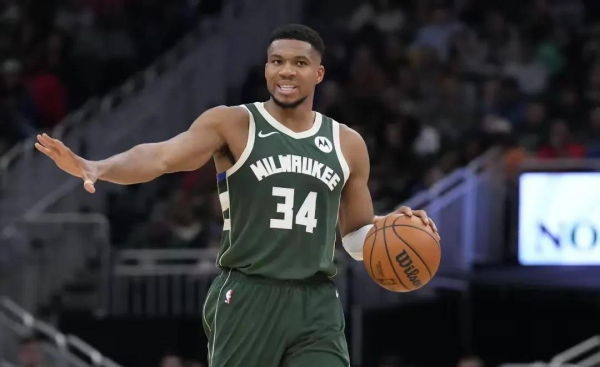
Can the Rockets exchange Durant Antetokounmpo at the same time?
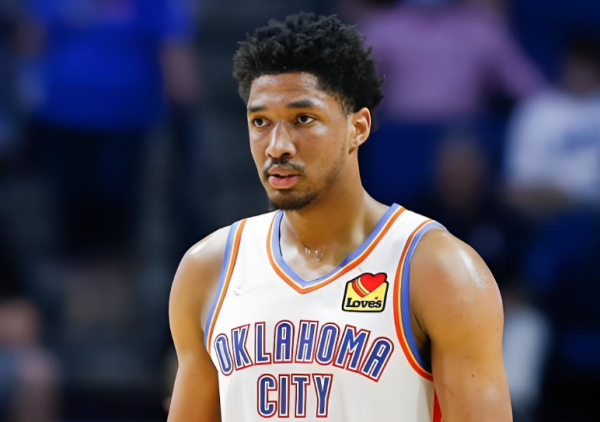
41 points + 35 points! 21 points + 18 points! This is why the Thunder gave him a large contract of $45 million
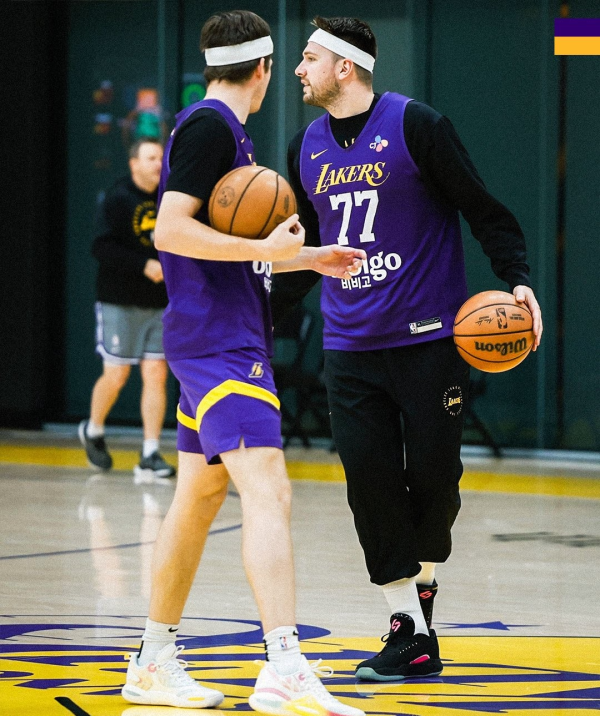
Will the Lakers keep Rivers or trade him?
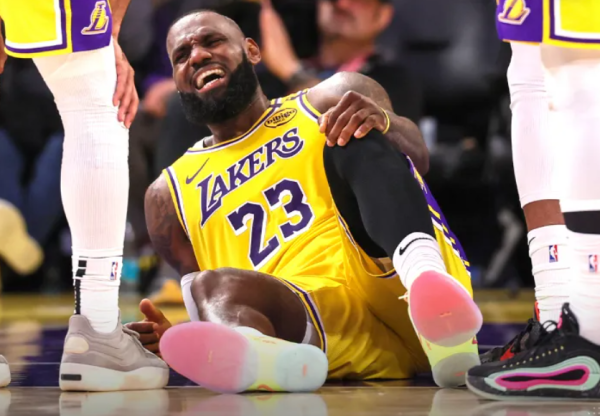
40-year-old James fight with injury caused controversy! Famous mouth makes excuses when he mocks him. Lakers reporters show evidence to force him
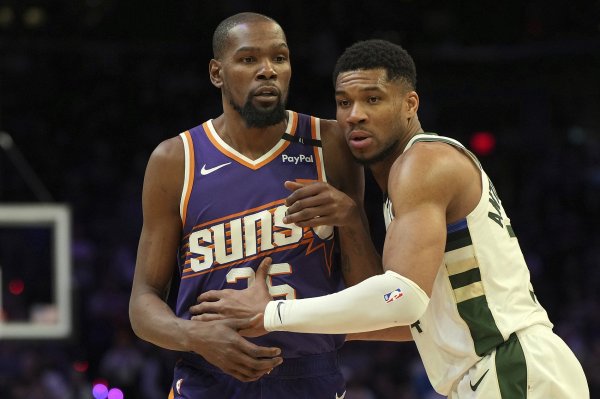
Offseason outlook: Antetokounmpo & KD s whereabouts attract attention. Stars such as Zhan & Deng & Dong and other stars face contract renewal issues
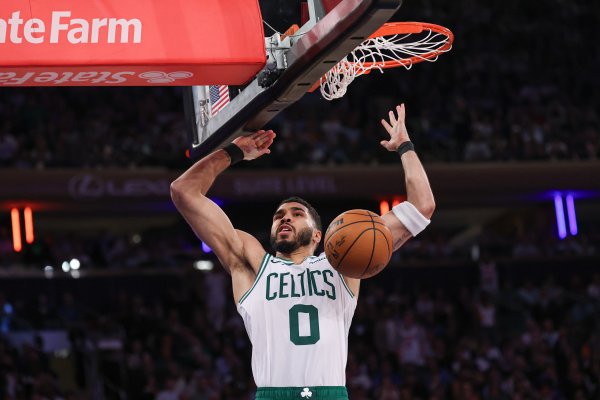
Kassel: Tatum will only become stronger when he returns. This period just makes him settle down.